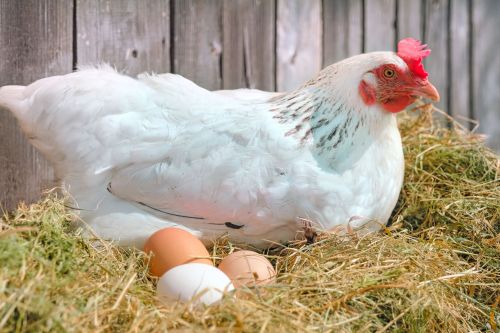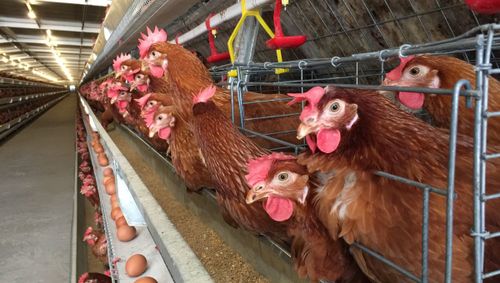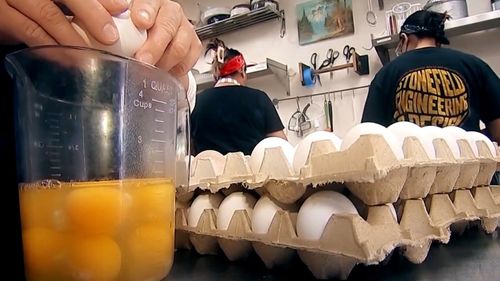Bird Flu Outbreak Drives Soaring Egg Prices, With a Dozen Eggs Up 8.5%

The recent outbreak of avian influenza is to blame for the shortage of eggs which experts say may not be resolved for months. The egg market is struggling after 17.2 million egg-laying hens died after contracting the virus throughout November and December of last year, reported the U.S. Department of Agriculture (USDA). That number makes up almost half of all the birds killed by the virus over the course of the whole year.

It'll cost you more than ever to whip up your favorite egg-based meal, as the price of eggs are continuing to skyrocket. The average cost of a dozen eggs reached $6.25 in the New Jersey-New York metro area. The Midwest region saw prices around $5.75 and California as high as $8.97. A random sampling of prices online at grocery stores across Pennsylvania, Delaware and New Jersey found a dozen large eggs as cheap as $3.69 in Lancaster, Pennsylvania or $3.99 in Bridgwater, New Jersey and as much as $5.99 in Harrisburg, Pennsylvania or $6.39 in Wilmington, Delaware.

The disease has impacted all major production systems, including conventional caged birds, cage-free, and certified organic types, the USDA explained in a new report. However, the federal government has spent $1.25 billion helping to compensate farmers for their losses since the outbreak started. The hope is that this support will encourage farmers to report infections and to strengthen and monitor their biosecurity approaches.

A highly pathogenic H5N1 avian influenza (HPAI) case was detected at a commercial broiler chicken operation in Caroline County. Caroline County, on Maryland's Eastern Shore, just south of Washington, DC, is situated in the Delmarva poultry industry. It's a multi-billion dollar chicken industry that covers commercial broilers in Maryland, Virginia and Delaware.

Experts blaming bird flu for rising egg prices. Nearly 60 million birds have been affected by the outbreak since early 2024. In Texas, infected backyard flocks have been detected since 2022. Still, late last year, experts discovered the first case in a commercial operation, resulting in the loss of 1.8 million laying hens.

























































